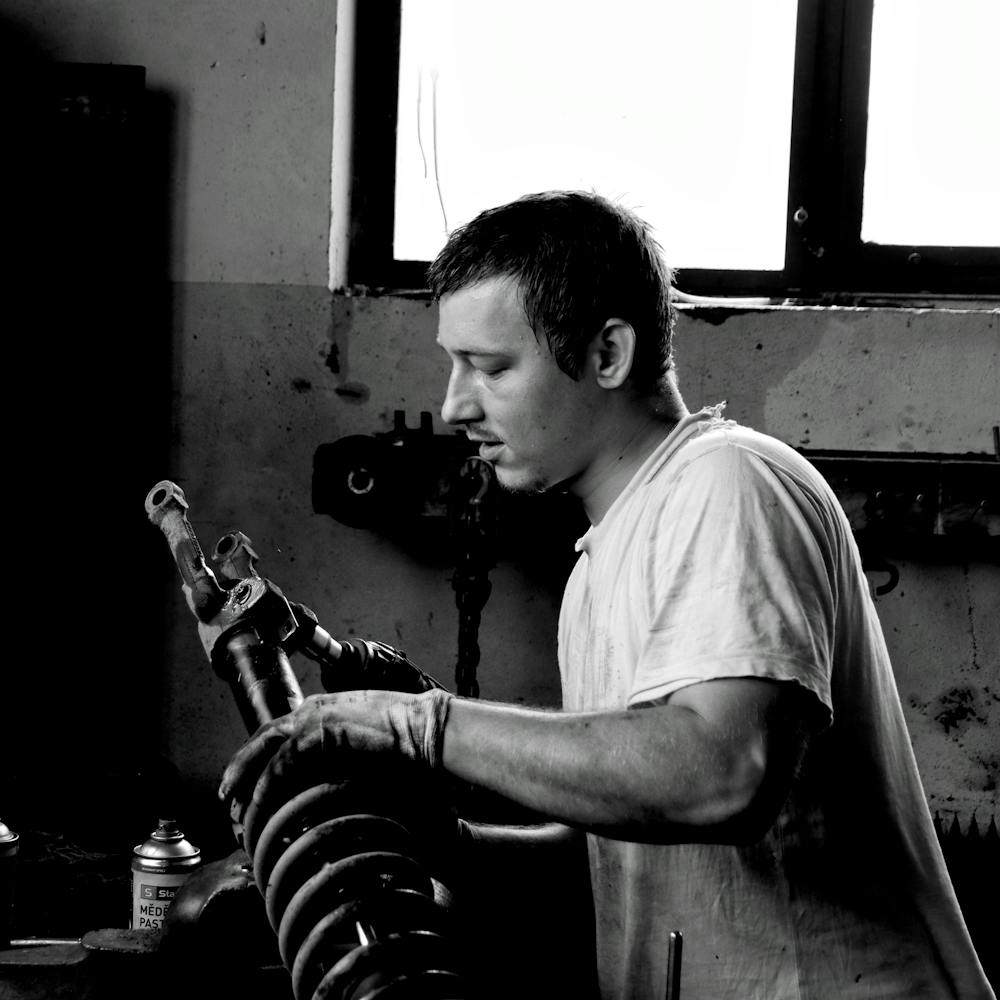Maintaining precise throttle response on your Yamaha V-Max enhances performance and riding enjoyment. Over time, throttle cables can wear and stretch, leading to sluggishness or inaccurate control. This step-by-step guide provides clear instructions to replace and fine-tune your throttle cables, ensuring your motorcycle performs at its best. Whether you’re a seasoned mechanic or a budding enthusiast, you’ll find practical tips to streamline the process and restore that flawless ride. Get ready to reclaim the responsive experience you love.
Tools and Equipment Needed for Throttle Cable Replacement
When embarking on a Yamaha V-Max throttle cable replacement, having the right tools is crucial for efficiency and safety. Begin with essential tools such as a set of screwdrivers, wrenches, and pliers. These are indispensable for loosening and tightening various components. A socket set is also recommended, as it provides versatility in reaching different parts of the throttle system.
Topic to read : Mastering Throttle Body Synchronization on Your BMW R nineT Racer: A Step-by-Step Guide
In addition to these basic tools, certain specialized equipment can facilitate the process. A throttle cable lubricator is highly beneficial, ensuring smooth operation of the new cable. Lubrication is crucial to prevent future wear and tear. Another useful item is a cable adjuster tool, which helps in achieving the precise tension needed for optimal performance.
Safety should never be overlooked. Consider wearing gloves to protect your hands from sharp edges and debris. Safety goggles are also advisable to shield your eyes from any unexpected splashes or particles. Ensuring you have these tools and safety gear on hand will not only make the replacement process smoother but also enhance your safety while working on your Yamaha V-Max.
Also read : Create your unique look with our custom sticker kits
Step-by-Step Process for Replacing Throttle Cables
Replacing throttle cables on a Yamaha V-Max involves a series of throttle cable replacement steps. Each step is crucial for ensuring the motorcycle functions smoothly and safely.
Preparing the Motorcycle
Begin by ensuring the motorcycle is stable. Use a stand to keep it upright. Disconnect the battery to prevent any electrical issues. Familiarise yourself with the throttle system layout for efficient navigation.
Removing the Old Cables
Remove the throttle housing cover using a screwdriver. Carefully detach the old cables from the throttle grip, noting their routing. Pay attention to any clips or fasteners that hold the cables in place. This step requires patience to avoid damaging other components.
Installing New Cables
Attach the new cables to the throttle grip, ensuring they follow the original routing path. Use a cable adjuster tool to achieve the correct tension. Secure the cables with clips or fasteners as needed. Lubricate the cables using a throttle cable lubricator for smooth operation. Reassemble the throttle housing and reconnect the battery. Check the throttle response to confirm successful installation.
Fine-Tuning Throttle Cables
Fine-tuning throttle cables is essential for maintaining optimal performance and ensuring safety. Proper adjustment is crucial because it directly affects throttle response and engine efficiency. A well-tuned throttle cable provides smooth acceleration and enhances the overall riding experience.
Importance of Proper Adjustment
The significance of correct adjustment cannot be overstated. If the throttle cable is too tight, it may lead to unintended acceleration, posing a safety risk. Conversely, if the cable is too loose, it can result in delayed throttle response, affecting the motorcycle’s performance.
Step-by-Step Tuning Process
Begin by inspecting the throttle grip for any signs of wear or damage. Adjust the cable tension using a cable adjuster tool, ensuring there is a slight play before the throttle engages. This play is crucial for preventing accidental acceleration. Once adjusted, test the throttle response by twisting the grip and observing the engine’s reaction.
Common Adjustments and Their Impact
Regular adjustments may be needed due to cable stretching or wear over time. Fine-tuning should be part of routine maintenance to avoid performance issues. Properly adjusted cables ensure precise throttle control, contributing to a safer and more enjoyable ride.
Safety Precautions and Common Mistakes
When undertaking a throttle cable replacement, prioritising safety is paramount. Always ensure the motorcycle is securely positioned to prevent accidental tipping. Disconnect the battery as a precaution against electrical mishaps. Wearing protective gear, such as gloves and goggles, is essential to shield against sharp components and debris.
Key Safety Protocols
Adhering to safety protocols is crucial. Begin by ensuring the workspace is well-lit and free from clutter. Use the correct tools to avoid damaging components. Double-check connections and cable routing to ensure everything is secure and correctly positioned.
Frequent Errors to Avoid
Common mistakes during throttle cable replacement include improper cable tension and incorrect routing. These can lead to performance issues or safety hazards. Avoid overtightening the cables, which can cause unintended acceleration. Conversely, cables that are too loose may result in sluggish throttle response.
Importance of Double-Checking Work
Double-checking your work is vital for ensuring a successful replacement. Verify that all components are reassembled correctly and that the throttle operates smoothly. Testing the throttle response before riding ensures that adjustments have been made accurately, providing peace of mind and enhancing safety.
Troubleshooting and Maintenance Tips
When dealing with throttle cable troubleshooting, identifying and resolving issues promptly is crucial for maintaining your Yamaha V-Max’s performance. Begin by observing any unusual throttle behaviour, such as stiffness or delayed response. These symptoms often indicate cable wear or misalignment. Inspect the cables for visible damage or fraying, which can affect performance.
Routine maintenance is vital for extending the life of your throttle cables. Regular lubrication prevents friction and wear, ensuring smooth operation. Check the cable tension periodically, as it can loosen over time, impacting throttle response. Adjust the tension using a cable adjuster tool to maintain optimal performance.
When to Seek Professional Help
While many throttle issues can be resolved with basic troubleshooting, some situations require professional intervention. If you’re unable to identify the problem or if the throttle response remains inconsistent after adjustments, it’s wise to consult a mechanic. Professionals have the expertise to diagnose complex issues and ensure your motorcycle operates safely. Regular check-ups can preemptively address potential problems, providing peace of mind and enhancing your riding experience.






